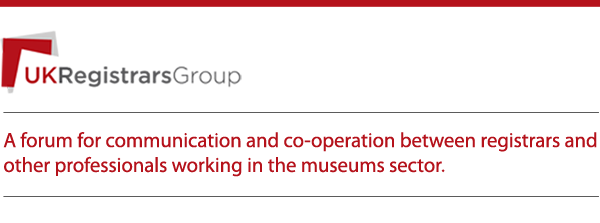Technical Security – Applications to Protect Cultural Venues
Peter Houlis, 2020 Vision Managing Director & The Security Institute Director
Peter gave a good insight into the technical elements which we should be looking at in terms of our security adhering to current standards.
Some of the technical systems we employ are for;
- Fire detection
- Humidity detection
- CCTV (network video)
Applications: To Deter, Detect, Delay and Respond (The technology gives you the information so you can respond proportionately – in a timely manner!) Time is critical.
Some of the more relevant standards which we should perhaps know about are;
- European Standards for Intruder Alarm Systems BS EN50131 Series. This is replacing old British standards. All new installation should meet these new European standards. Insurance companies will take note of whether the systems meet the new standards.
- IEC 62676 Series provides recommendations and requirements for the selection, planning, installation, commissioning, maintaining and testing video surveillance systems (VSS) comprising of image capture device(s), interconnection(s) and image handling device(s), for use in security applications
The key points for reference:
- Some alarm systems are now voice responsive via motion sensors. This can be useful for works of art on open display when a particularly intrigued visitor steps over the barrier. The alarm responds with a warning to the visitor asking him to please step back.
- Intruder detection systems do now come with heat sensors. Infrared detection might notice a person entering an area without authorising or at least identify that it was a cat that set off the alarm!
- Installation of access control and swipe card technology is increasing and the technology becoming more intelligent.
- Communication systems are improving – between security guards, control rooms, and other members of staff (no need for those walkie-talkies or shouting across gallery spaces!)
- Common routes for illegal access – roof lights, windows & vents
- Some alarm companies which might be worth looking at:
- Salco
- X-tra sense
Adversarial Risks to Places of Worship and other Historical Sites
Alastair Calton, Westminster Cathedral Head of Security & ASIS Cultural Property Council
Alistair gave a very personal and emotional response to the Terrorist threat recently encountered at Westminster and described the measures that have since been in place. He also explained the very different security risks which the Cathedral, as a religious institution, faces.
- Risks to the Cathedral – people
Generally a museum can spot suspicious behaviour as museum visitors generally conform to prescribed behaviour patterns. A person acting drunk or twitchy would be quickly identified and ushered out of a museum – at the Cathedral the opposite is true as the mission of the cathedral is a spiritual one welcoming in one and all. Therefore the risks and threat assessments sometimes have an unusual response and can present conflict. For instance if the Cathedral leaves donation boxes out overnight they are a sure target, of course they don’t leave all of the money but if an attack is going to happen the intruder is going to be determined to take something – better some of the donations rather than the 15th century gold and bejewelled cross.
- Risks are analysed by a series of Situational Risk Analysis Sheets. These answer a series of hypotheses and evaluate the best outcome and proportionate response to Risk.
- Is it part of the job to accept Risk? The cathedral – as the museum also experiences – cannot close its doors or not loan objects for example.
- Focus is on limiting the impact if something happens.
- Since the Westminster attack the cathedral has identified local doctors/medical practitioners who could be called upon in an emergency. Invested in paramedic standard response kits etc to limit the effect of an attack. Is this something museums could do more of?
- Risk is identified through the outcome of a given situation and the level of casualties, damage etc in whichever form that might take
- Security guards are encouraged to interact with the visitors, they welcome visitors, talk to them, occasionally cover retail roles, so they gain more information about the visitor profile.
- Security is a concern for all, not just the security team. Volunteers, Visitor Assistants are generally the first responders. They engage with the visitors, know the visitor profile the best and can detect unusual behaviour, repeat visitors etc – do they know who to tell if something is off, how to respond or engage that visitor?
- Risk is also, of course, about reducing likelihood but also reducing the consequence of an attack.
Emma Denness, Exhibitions Registrar, Royal Museums Greenwich

No comments:
Post a Comment